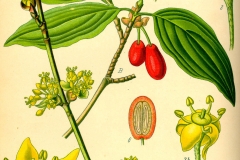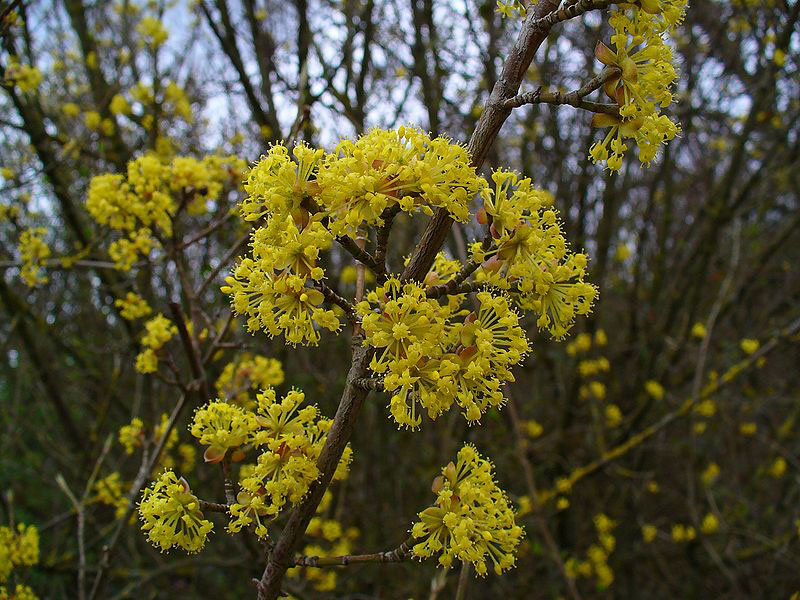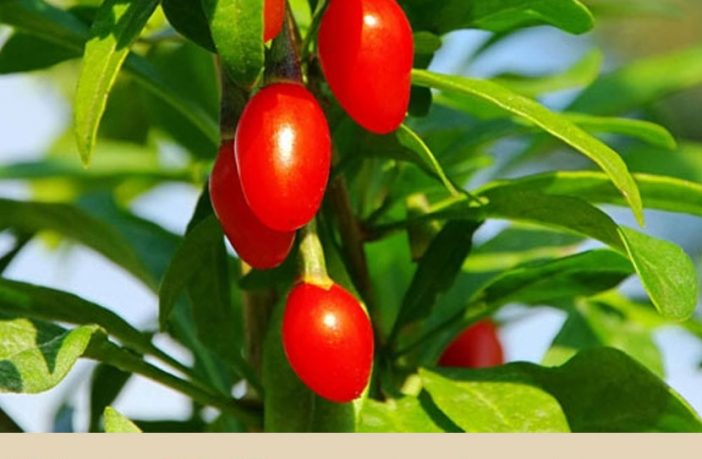
Inflorescences are terminal (axillary in C. Flowering may occur before or after spring leaf expansion, and most species are monoecious (dioecy is restricted to the African C.


controversa), simple, elliptic to ovate and glabrous or densely pubescent: details of hair types and abundance are important for identification. Winter buds are terminal or axillary, covered or exposed. The stems are typically pubescent, with distinctive T-shaped trichomes. The rough bark of the tree-forming species does not compare with the colourful bark of C. They can be shrubs, trees or rhizomatous ‘herbs’ (actually miniature shrubs), with deciduous (rarely evergreen) leaves. florida) and the bractless dogwoods (for example, C. canadensis), the large-bract dogwoods (for example, C. Notwithstanding this taxonomic uncertainty, there are four easily distinguished groups within Cornus: the cornelian cherries (for example, C. Specific recognition can also be difficult, and several taxa are much confused in horticulture. This account follows Eyde (1987) and Flora of China (Xiang & Boufford 2005) in recognising Cornus in a broad sense, with 50–60 species in the temperate northern hemisphere, but also one to two species in South America and one in Africa. Several segregate genera have been proposed ( Dendrobenthamia, Swida, etc.), though often these do not reflect groupings identified by DNA and other evidence (Murrell 1993, Xiang et al. Zhu, etc.Ĭornus has been the subject of considerable scrutiny by taxonomists attempting to subdivide the genus. Synonyms: Afrocrania (Harms) Hutch., Chamaepericlymenum Hill, Dendrobenthamia Hutch., Swida Opiz, Yinquania Z.Y. 85-105 (1979).Īrticle from New Trees, Ross Bayton & John Grimshaw The Chinese species in cultivation are surveyed by William Gardener, in The Plantsman, Vol. Rafinesque published the name Cynoxylon in 1838 but it is a little uncertain whether he intended it to represent a genus or a subgenus for this reason it is best passed over in favour of Benthamidia. mas ‘Aurea Elegantissima’.įor Beauty of Stem. capitata (in mild localities).įor Colour of Leaf. The following may be recommended as the best for general cultivation:įor Flower. Others with a stoloniferous habit can be propagated by offsets, and the rest by layers, when seed is not available. alba, can be increased by cuttings of naked wood put in the open ground like willows, during the winter. capitata and its allies would take the name Dendrobenthamia Hutch. florida and its allies would retain the name Benthamidia Spach and C. If a further split were made, and the two sub-groups each given generic rank, then C. The correct name for this group, if considered to rank as a genus, would be Benthamidia Spach (1839) (syn. urbaniand).ī) Fruits completely united into a fleshy compound fruit (syncarp). florida and nuttallii (also the Mexican C.
CORNUS MAS BENEFITS FREE
This group may be subdivided as follows:Ī) Fruits clustered but free from each other.

Flowers in dense clusters, surrounded by large and conspicuous bracts. mas by Opiz in 1838 and this species and its allies would therefore constitute the genus Cornus in the narrow sense (syn. Although Linnaeus did not designate a type-species for the genus Cornus, the name had been restricted to C. Flowers borne in dense umbels with a yellowish involucre which falls as the flowers open. The generic name is also spelt’ Swyjda’ or ‘ Svida’.Ģ. Considered as a genus, this group would take the name Swida Opiz (1838) (syn. This is the largest group and contains all the species described in this work except those mentioned by name under the other three groups. Flowers borne in corymbose inflorescences which lack both bracts and bracteoles. The dismemberment of Cornus is not accepted in this work but in the following analysis the names of the segregate genera are given, together with their authors and synonymy.ġ. The species of Cornus treated in this work can conveniently be classified into four units, each of which should, in the opinion of some botanists, be given generic rank. Many of the cornels are characterised by having the hairs of the leaf flattened to the surface and attached to it by their centres. Fruit a drupe containing a two-celled stone. Flowers usually white, sometimes greenish or yellowish, always small, and produced in terminal corymbs or cymes, or clustered densely in heads the parts of each flower are in fours. controversa both of which have alternate leaves. capitata, more or less evergreen in mild districts and C.

Trees or shrubs with usually deciduous opposite leaves, the only exceptions being C.


 0 kommentar(er)
0 kommentar(er)
